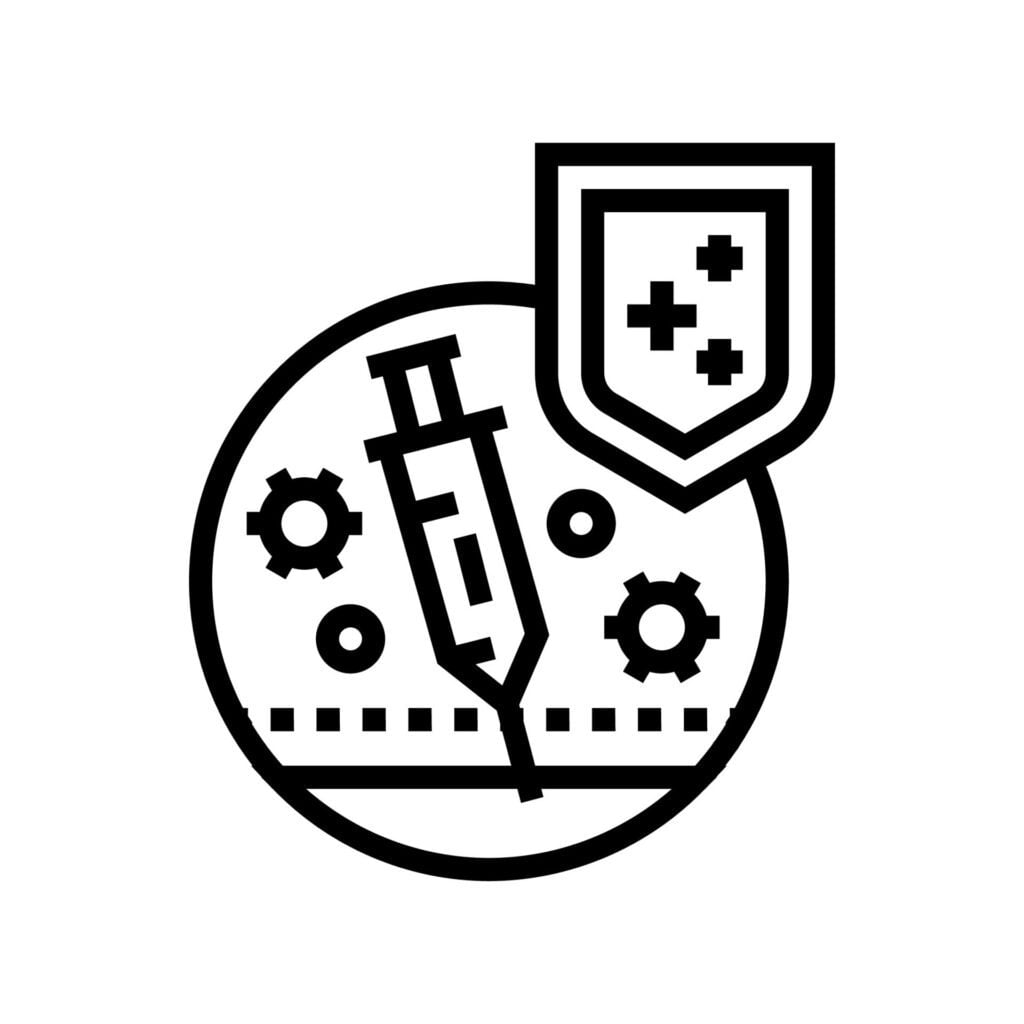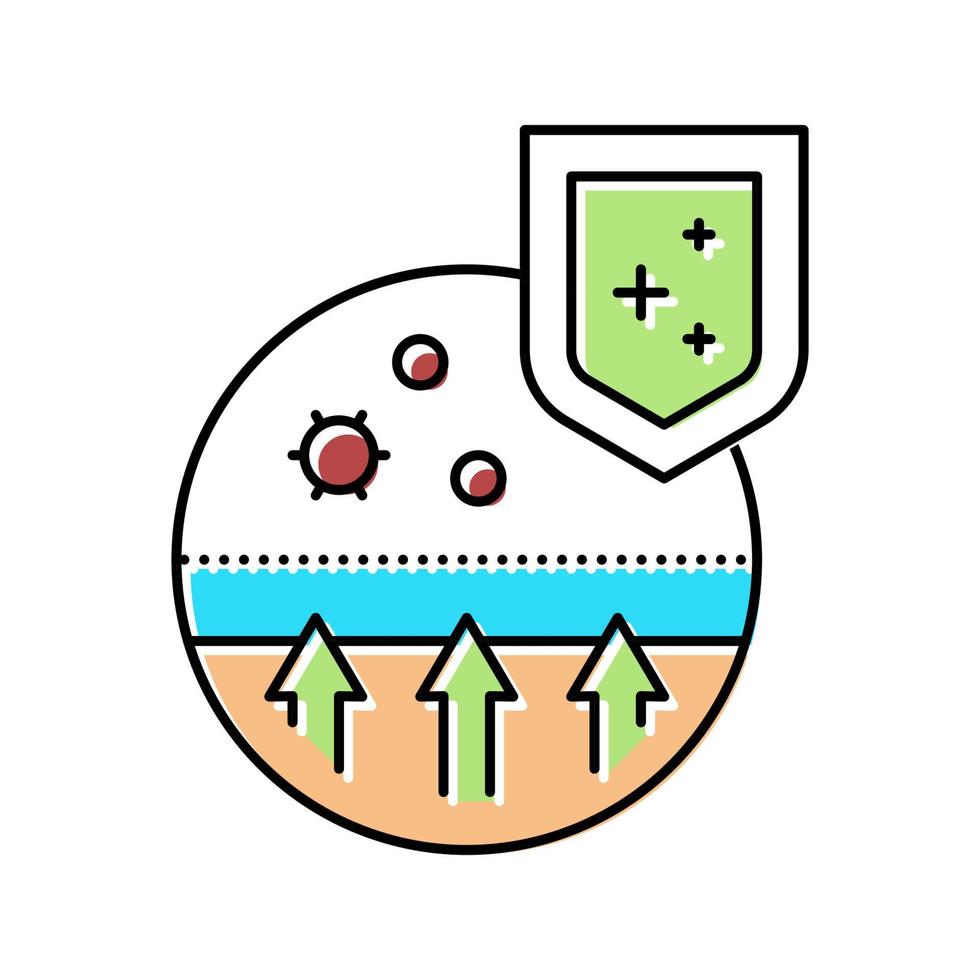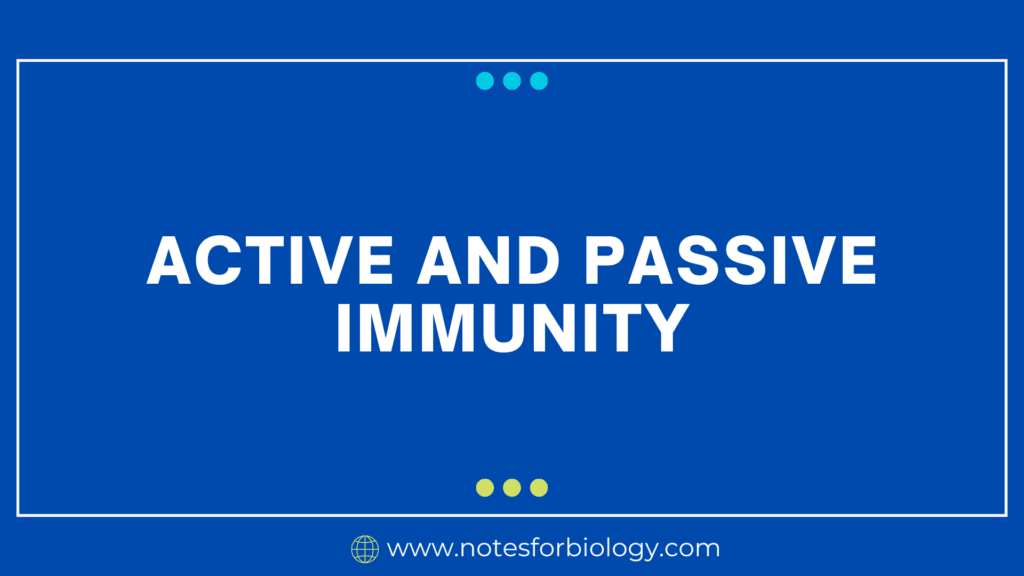Active and Passive immunity are the two types of immunity .Active immunity is a form of immunity that develops when a person’s immune system responds to a foreign pathogen (such as bacteria, viruses, or other microorganisms) by producing antibodies and memory cells. Passive immunity is a form of immunity in which antibodies are transferred from one individual to another, providing immediate but temporary protection against infectious agents.
Table of Contents
Active immunity
Active immunity is a type of immunity when the immune system of the body is exposed to and reacts to a pathogen (such as a virus or bacteria) or to a vaccine, it might acquire active immunity. Antibodies are produced during this process, and immune cells that are specifically directed against the pathogen are activated. There are two primary methods for acquiring active immunity:

Types of active immunity
1. Natural Active immnuity
When a person is exposed to a live pathogen, contracts the infection, and then recovers from the disease, they develop natural active immunity. As a result of the immune system’s reaction to the pathogen during the infection, memory cells that may “remember” the pathogen grow. The immune system can react more quickly and successfully if the same infection is met again in the future.
2. Artificial Active immnuity
Vaccination is the means by which one attains artificial immunity. Vaccines contain pathogen antigens, which can be subunits or inactivated or attenuated versions of the pathogen. Without actually spreading the illness, the vaccination triggers the immune system to produce antibodies and activate immune cells. As a result, memory cells are created, which can fend against infections by the same virus in the future.
Key characterstics
The following are the main traits of active immunity:
- Specificity: The immune reaction is adapted to the particular antigen or pathogen that is encountered.
- Memory: After repeated exposures, the immune system “remembers” the pathogen, enabling a quicker and more potent response.
- Prolonged protection: Although booster shots may be required for certain vaccines to maintain immunity, active immunity can offer long-term protection that can occasionally last a lifetime.
Passive immunity
One type of immunity known as Passive immunity develops when a person receives antibodies made by another person or animal as opposed to the immune system making them on its own. This kind of immunity offers instant, albeit usually transient, defense against particular diseases or poisons. There are two main methods for gaining passive immunity:

Types of Passive immunity
1. Natural Passive immunity
This kind develops organically, for example, when a newborn is exposed to its mother’s antibodies. This can occur in two major ways Transplacental Transfer, Artificial Passive Immunity.
2. Artificial Passive immunity
This kind is accomplished by means of medical procedures. It is the process of giving someone already-made antibodies. This can occur on two major ways Immunoglobulin Therapy ,Monoclonal Antibodies.
Key characteristics
- Quick Protection: Since passive immunity includes the direct transmission of antibodies, it offers quick protection.
- Temporary Effect: Because the antibodies eventually break down and are eliminated from the body, the protection is only temporary, usually lasting a few weeks to a few months.
- No Memory: Passive immunity does not cause memory cell formation because it does not entail the recipient’s immune system being activated. As a result, it doesn’t offer protection against subsequent infections or long-term immunity.
Differences between Active and Passive immunity
| S.N | Active Immunity | Passive Immunity |
| 1. | Produced by body’s own immune system in response to antigen. | Received passively by host, no involvement of immune system. |
| 2. | Offers better protection | Inferior protection |
| 3. | It is more effective | It is less effective |
| 4. | Immunity effective only after lag period. | Immediate immunity; no lag period. |
| 5. | The types of active immunity are natural- clinical or inapparent infection; artificial induced by vaccines. | The types of passive immunity are natural transfer of maternal antibodies through placenta; Artificial-injections of immunoglobulins. |
| 6. | Protection is permanent and takes weeks to develop. | Protection is short -lived and immediate protection. |
| 7. | Antibodies produced by the individual’s immune system. | Performed antibodies are transferred. |
| 8. | It is slow but long lasting and takes time to develop its response. | It is fast but lasts only for few days and is used when the immune response has to be faster. |
| 9. | Active immunity has no side effects. | Passive immunity may cause a reaction. |
| 10. | It is developed due to contact with pathogen or its antigen. | It is developed when readymade antibodies are injected into the body. |
| 11. | Anti-bodies are produced in the host body and long lasting. | Ready -made anti bodies are given to host and short lived. |
| 12. | Booster effect on subsequent dose and negative phase may occur. | Subsequent dose is less effective and no negative phase. |
| 13. | It is induced by infection or by immunogens and not applicable in immunodeficient. | It is conferred by administration of readymade antibodies and applicable in immunodeficient. |
| 14. | Requires immune system activation and produced by the person. | No immune activation needed and introduced externally. |
| 15. | The pathogen has direct contact with the body and does not generate a rapid response. | The pathogen does not have direct contact with the body and generates a rapid response. |
| 16. | Active immunity sustains for the entire life of an organisms. | Passive immunity may be only for few days to months. |
| 17. | Active immunity is time taking immunity with no immediate effect. | Passive immunity develops immediately. |
| 18. | In active immunity body produces antigens or antibodies. | In passive immunity the antibodies are received from outside the body. |
| 19. | e.g vaccination of polio ,injecting microbes in the body | Eg.administration of tetanus,antitoxins,etc |
In conclusion ,Active and Passive immunity long-term protection and immunological memory are produced when an individual’s immune system recognizes and reacts to antigens, thereby establishing active immunity. Conversely, passive immunity is the result of the transient transfer of immune cells or pre-formed antibodies from an outside source. It offers protection for a brief period of time but does not trigger the development of immunological memory. Both types of immunity are useful for protecting the body from infections and can be applied in various situations to cure and prevent illness. Active and Passive immunity are the important concept of immunity. above Active and Passive immunity provide brief explanation.
FAQ (Frequently Asked Questions)
What is active immunity?
Active immunity is produced by body’s own immune system in response to antigen. Passive immunity is Received passively by host, no involvement of immune system
Can Passive Immunity Provide Immune Memory?
No, passive immunity does not provide immune memory as it involves the transfer of pre-formed antibodies or immune cells.
What are the types of active immunity and passive immunity?
The types of active immunity are natural- clinical or inapparent infection; artificial induced by vaccines. The types of passive immunity are natural transfer of maternal antibodies through placenta; Artificial-injections of immunoglobulins.
Related Article

